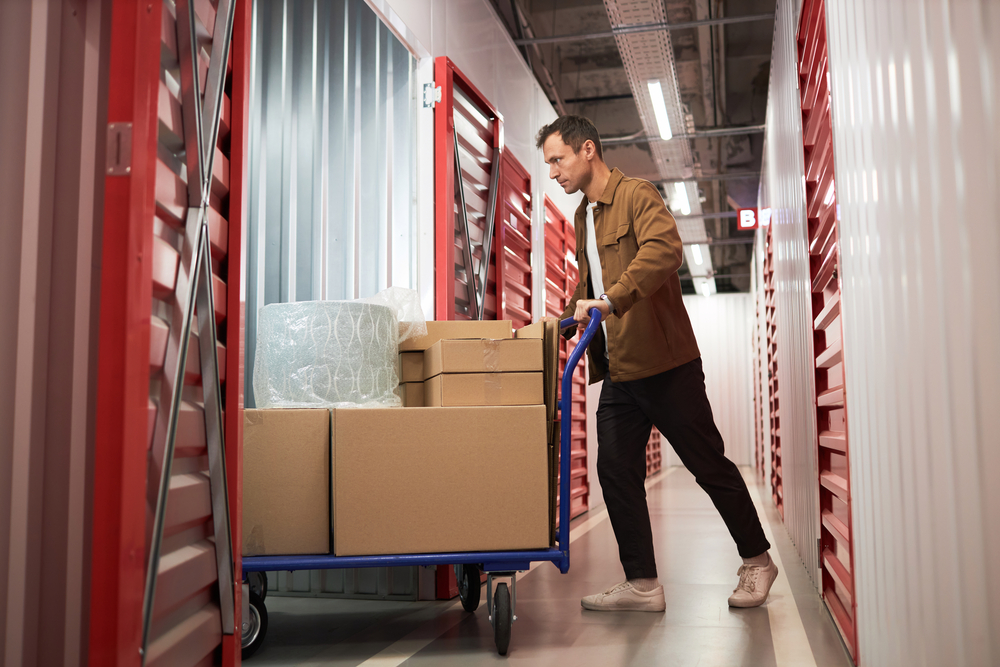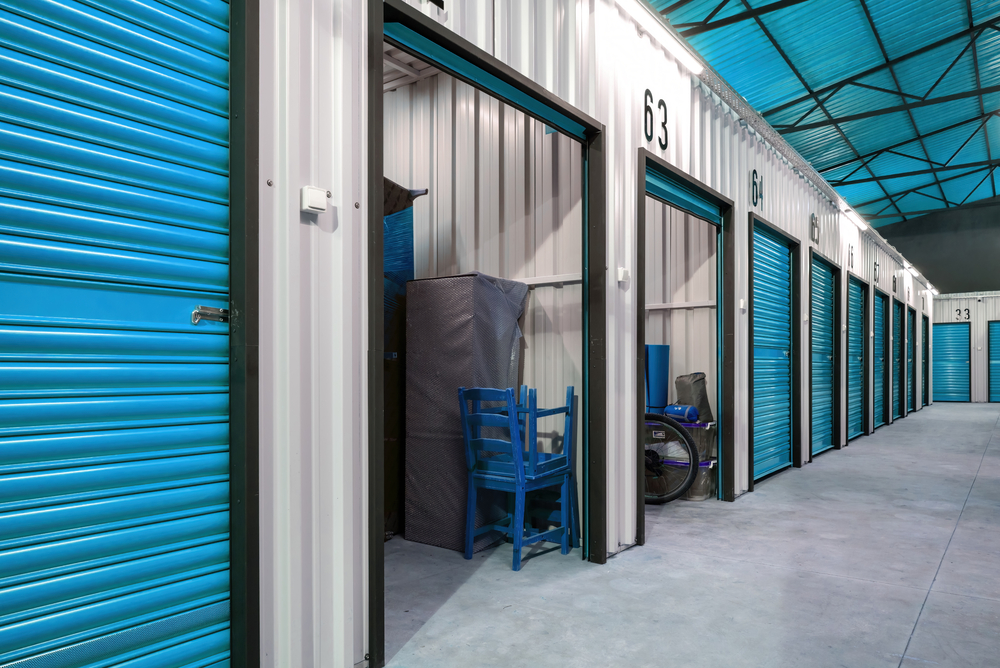Featured
In our fast-paced, consumer-driven world, space is becoming an increasingly precious commodity. Homes are filling up with goods, but where do we store the items we don’t need daily? Enter self-storage—a practical solution that offers extra space without the long-term commitment.
This blog post will provide four essential tips to maximise your self-storage experience. Whether you’re decluttering, downsizing, or simply needing more room, these strategies will ensure you get the most out of your storage unit.

1. Choosing the Right Storage Unit Size
Selecting the appropriate size for your storage unit is crucial. The cost of storage units can vary significantly based on size, so you want to make sure you’re not paying for unused space. Start by making a comprehensive list of items you plan to store. Use this list to estimate the square footage required.
Assessing Your Needs
Think about the size and quantity of your items. Small units can accommodate boxes and small furniture, while larger units can store the contents of an entire home. Most storage facilities provide size guides to help you decide, so take advantage of these resources.
Future Needs
Consider if you’ll need to add more items in the future. Leaving a bit of extra room can save you from upgrading to a larger unit later. It’s better to have a little extra space than to cram everything into a smaller unit.
Efficient Packing
Lastly, think vertically. Stackable boxes and shelves can help you maximize the space within the unit itself. Just ensure the heavier items are at the bottom to avoid accidents or damage.

2. Organizing Your Belongings for Space Optimization
Once you’ve chosen the right unit, the next step is to organize your belongings efficiently. Proper organization will save you time and frustration when you need to find something later.
Categorization
Start by grouping similar items together. For example, keep all kitchen items in one section and all holiday decorations in another. This categorization makes it easier to locate specific items.
Labeling
Labeling is your best friend in a storage unit. Clearly mark each box with its contents. Consider using a numbering system and keeping a corresponding list at home. This way, you can quickly find what you need without rummaging through every box.
Accessibility
Arrange boxes and items so the things you may need more frequently are near the front. Items that you rarely use can be placed in the back. This method saves you from having to move multiple boxes to reach a single item.

3. Maximizing Security within Your Storage Space
Security is a top priority when it comes to storing your belongings. While most storage facilities offer basic security features, there are additional steps you can take to protect your items.
Choosing a Secure Facility
Select a facility with robust security measures such as surveillance cameras, gated access, and on-site security personnel. These features deter theft and ensure your belongings are safe.
Personal Locks
Invest in a high-quality lock for your unit. A sturdy, tamper-proof lock is a simple yet effective way to enhance security. Disc locks and cylinder locks are generally more secure than padlocks.
Inventory List
Keep an inventory list of everything stored in your unit. This list not only helps you keep track of your belongings but also serves as a useful document in case of theft or natural disaster.

4. Climate Control and Its Importance
Climate control is a vital feature for many storage scenarios. Depending on what you’re storing, climate control can prevent significant damage to your items.
Moisture Control
Humidity can wreak havoc on items like electronics, wood furniture, and important documents. A climate-controlled unit maintains a consistent temperature and humidity level, protecting your belongings from moisture damage.
Temperature Stability
Extreme temperatures can cause items to crack, warp, or deteriorate. Climate-controlled units are kept at an optimal temperature year-round, ensuring that your sensitive items remain in good condition.
Long-term Storage
If you plan on storing items for an extended period, climate control becomes even more critical. The longer items are stored, the more susceptible they are to temperature and humidity changes.

Final Thoughts
To sum it up, following these four essential tips will help you maximize your self-storage experience. Choosing the right unit size, organizing your belongings efficiently, and prioritizing security and climate control will ensure your items stay safe and in good condition for as long as needed.
Remember to regularly visit your storage unit to check on your belongings and make any necessary adjustments. With proper planning and organization, self-storage can be a convenient and cost-effective solution for all your storage needs.
Thank you for reading and good luck!
Image Credit: depositphotos.com























